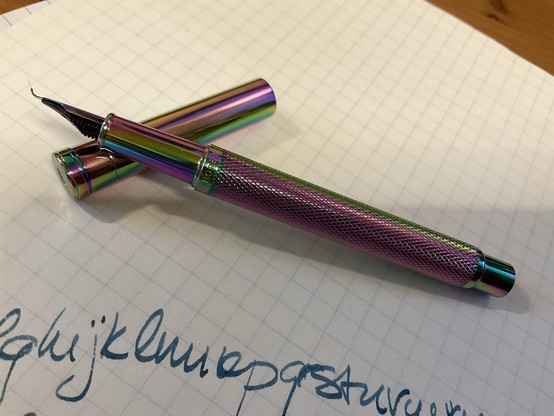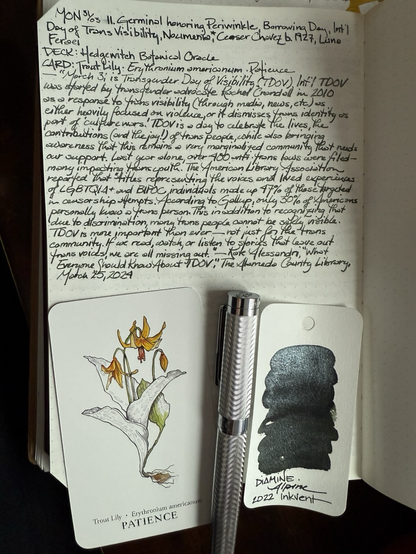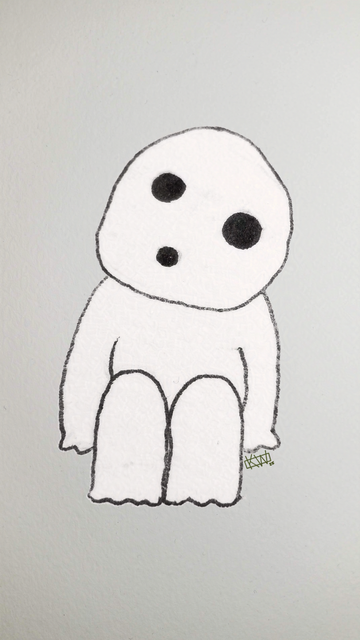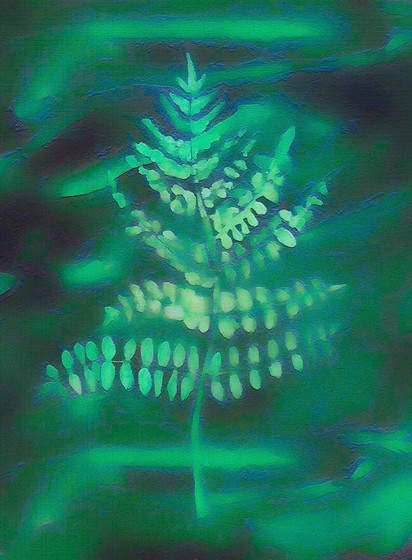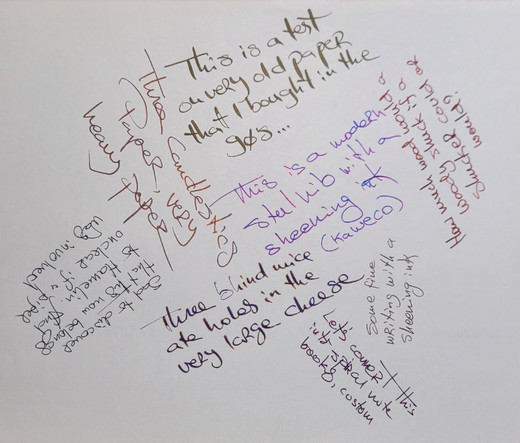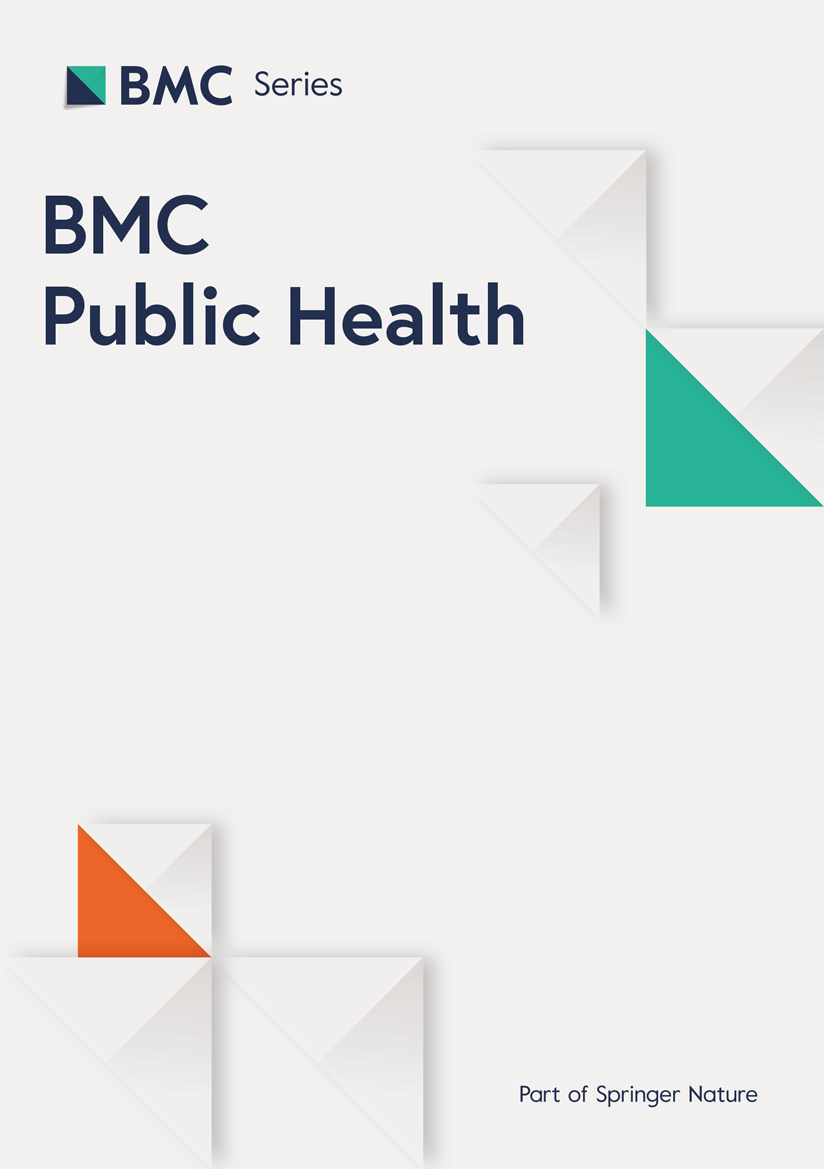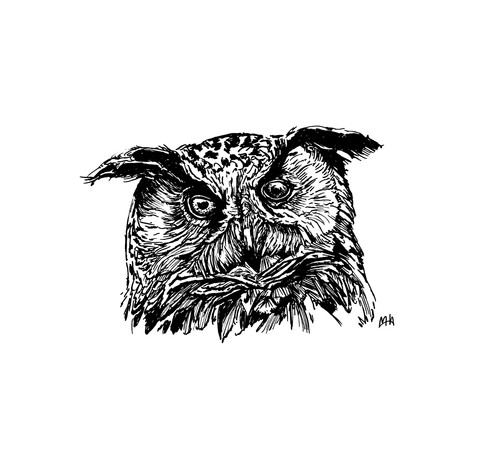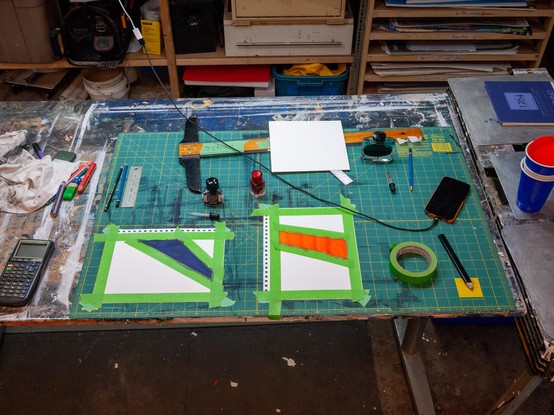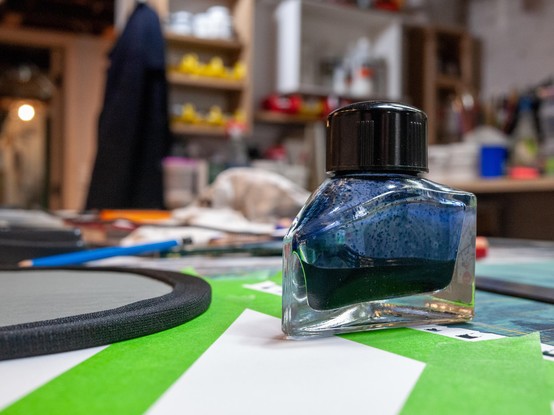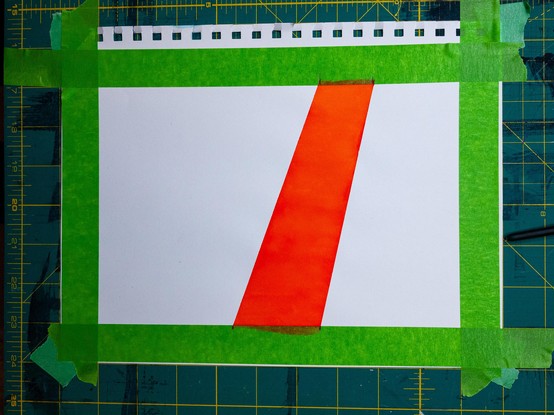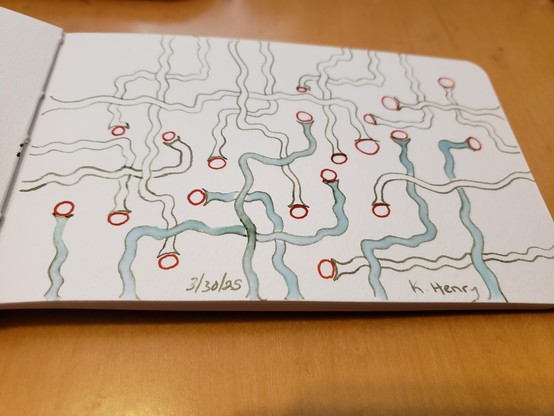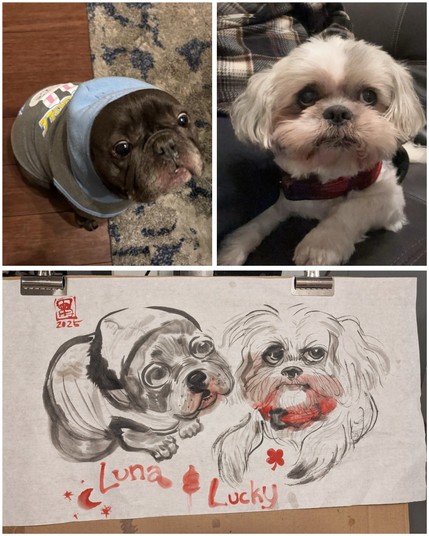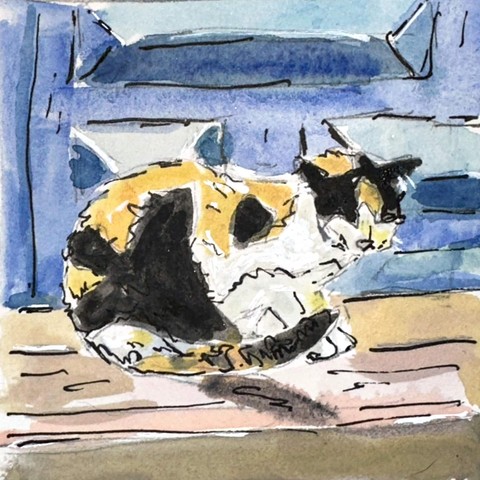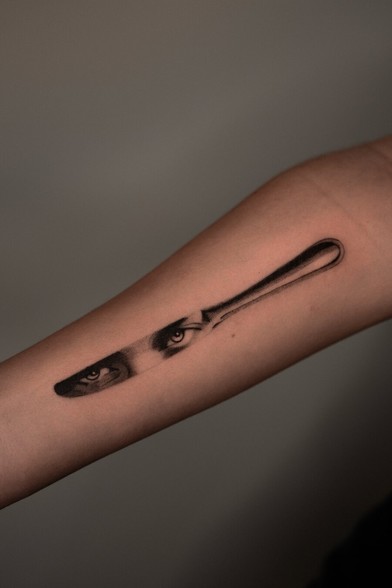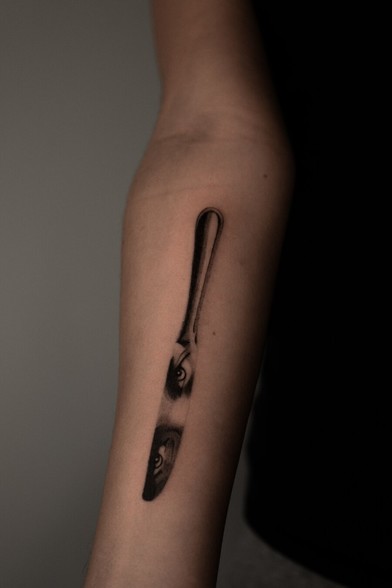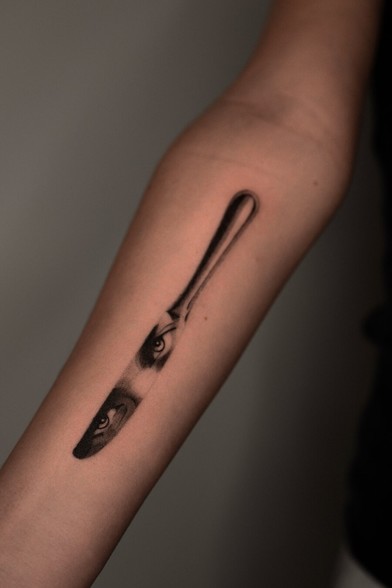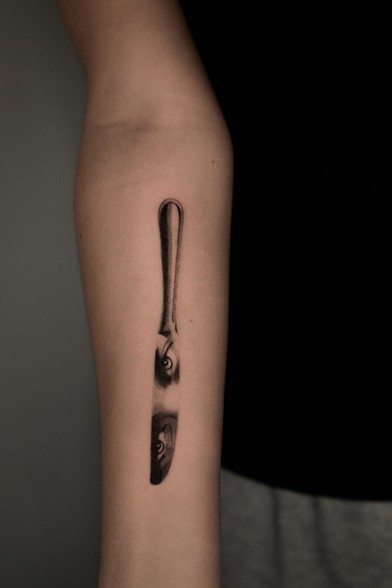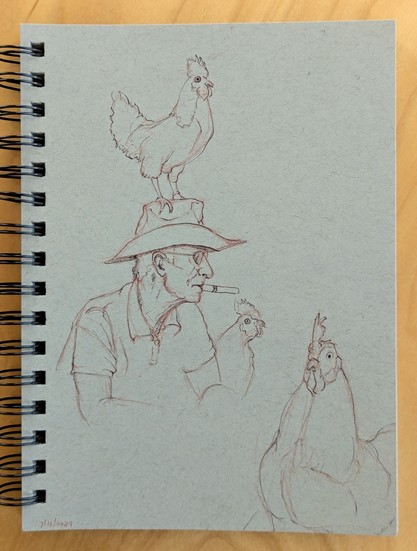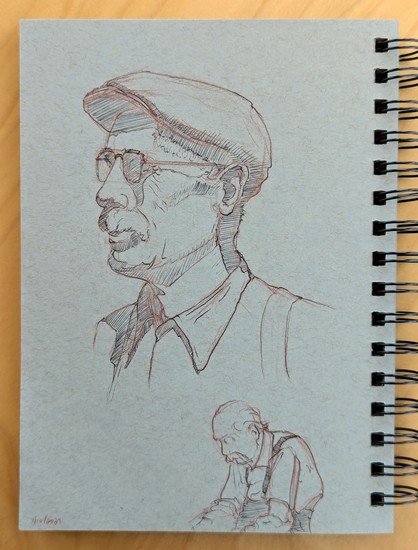Recent searches
Search options
#ink
I think I’m in love!
I hold my writing tools almost at 90 degrees and press down hard while doing so. I hate thin pens. Not only do they make a sritchy sound but because of my heavy hand they often tear through paper. My fave fountain pen until now actually is a Pilot meant for calligraphy: flat, wide tip.
But when I saw there were bent tips, I had to give it a try and OH MAN it’s a game-changer!
Vivarium is finished! Took an idea of people looking out at huge plants instead of inward at tiny plants.
#art #artist #traditionalart #plants #buildings #architecture #ink #drawing #drawingoftheday #succulents #mastoart #creativetoots
MorningPages 31 March 2025
11. Germinal honoring Periwinkle, Borrowing Day, Int’l Trans Day of Visibility, Noumenia*, Cesar Chavez b. 1927, Luna Feraei
#Notebook Chronicle Go-To w/ Mohawk paper, dotted & Col-o-ring swatch booklet
#FountainPen Conklin Herringbone Signature - silver, F
#ink Diamine Alpine
#tarot or #OracleDeck Hedgewitch Botanical Oracle
#CardOfTheDay Trout Lily • Erythronium americanum - Patience
Ethereal fern glow, ink painting.
ART -https://deborahleaguefineart.etsy.com/listing/1895871997/ethereal-fern-glow-ink-painting-art
i will take some paper, today, and hopefully have it cut and spiral-bound into notebooks.
The papers in consideration:
* Three Candleaticks
* Tomoe River 52
* Tomoe River 68
Mit dem Uhu bekommt diese kleine Reihe zum #AnimalMarch ihren Abschluß. Es war eine schöne Erfahrung, so verschiedene Tiere, auf die ich selbst nicht gekommen wäre, zu zeichnen.
https://pixelgraphix.de/notes/animalmarch-teil-2
Herr Montag weiss noch nicht so recht, was er mit sich machen soll.
#sketchbook #artwork #ink
https://skizzen.rittiner-gomez.ch/herr-montag/
----------------
2023, Ballpoint pens on 5” x 8” Moleskine acid free sketchbook paper, Adobe Photoshop
#art #sketchbook #drawing #penandink #ink #lifedrawing #illustration #portrait #dibujo
More play with this evolving pattern for today's drawing.
Here's an in-progress shot.
https://www.patreon.com/posts/123418451 https://ko-fi.com/Post/InkyDays-March-2025-N4N51BCM70
Art 365/088: Local Guide. Original photo is by Kristi (https://flic.kr/p/2om9Y7x)
.
.
.
.
.
#art #tatouage #eyes #eyestattoo #tattoo #bordeaux #yeux #regard #photography #ink #flashtattoo #drawing #skin
Fountain pen and polychromos, Strathmore 400 Sketchbook (Toned gray, A5-ish)
#art #mastoart #fediart #pixelfedart #sketchbook #sketch #traditionalart #drawing #ink #figuredrawing #portrait #animals #chickens
Fountain pen and polychromos, Strathmore 400 Sketchbook (Toned gray, A5-ish)
#art #mastoart #fediart #pixelfedart #sketchbook #sketch #traditionalart #drawing #ink #figuredrawing #anatomy #portrait
#art #illustration #ghost #pastels #ink #watercolor #spirit #mortality



